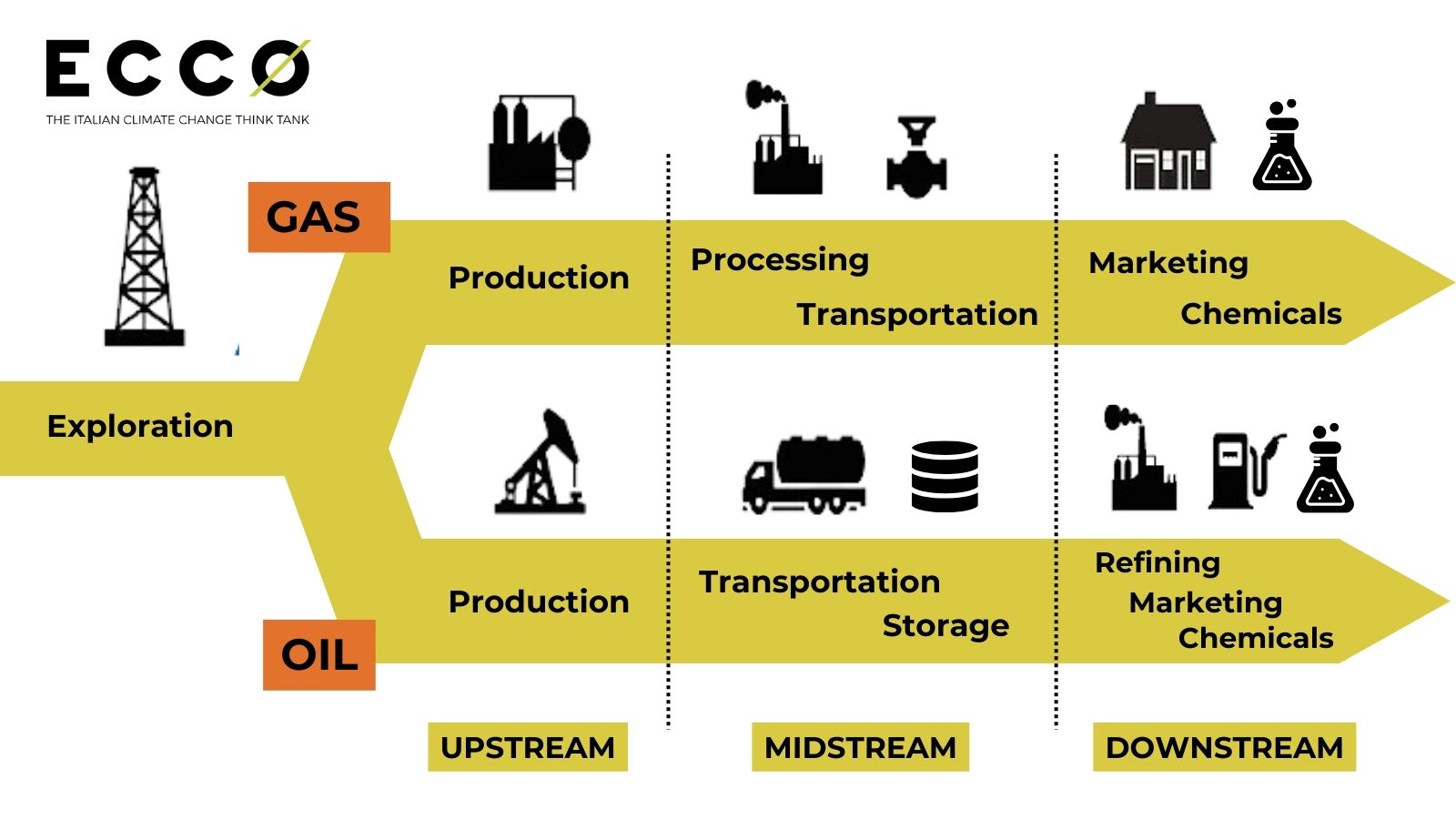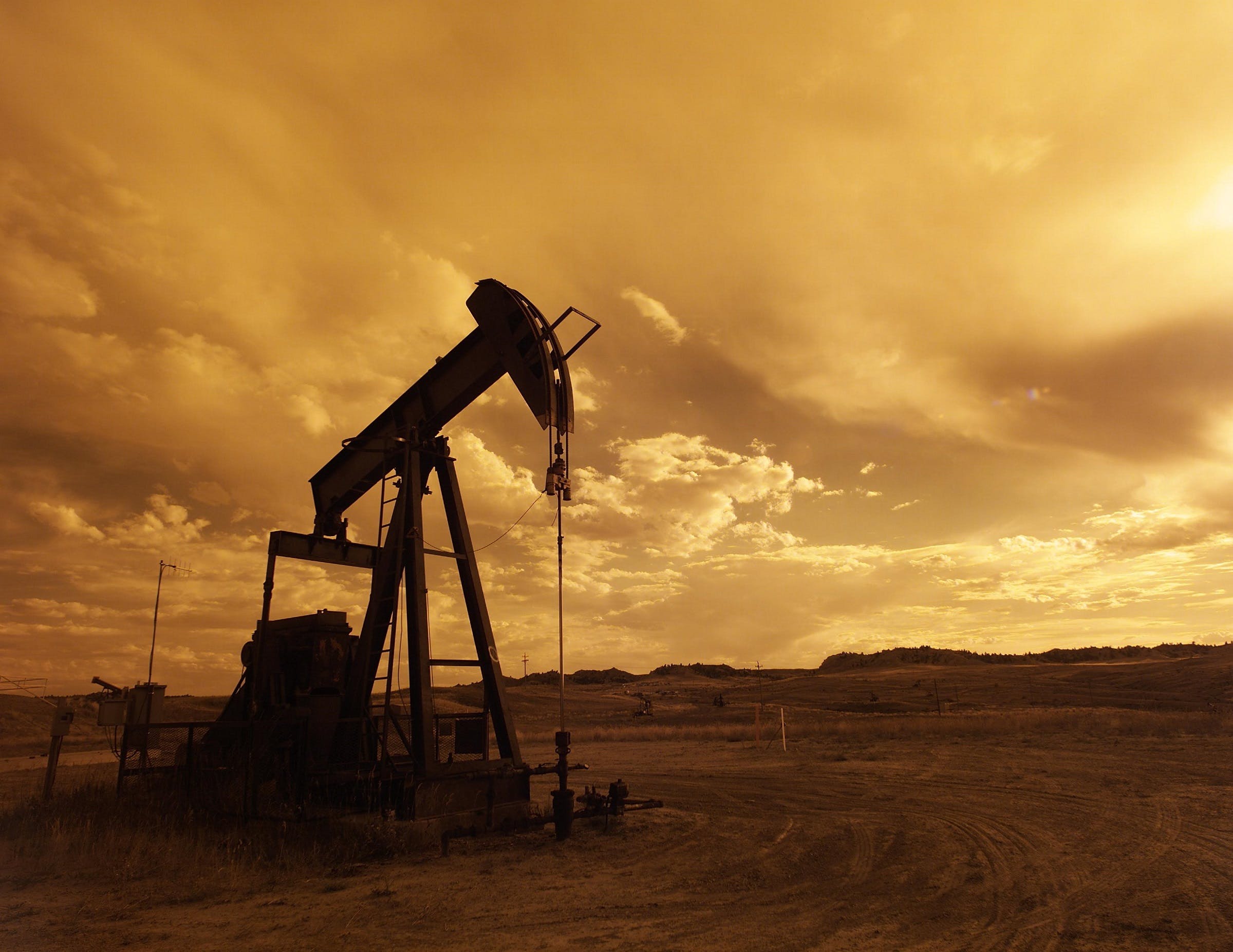The primary function of the oil and gas industry is providing resources for the production and transformation of energy. This involves exploring energy sources, processing them, and then selling the products to the market or end consumers.
This cycle is divided into three main segments: upstream, midstream, and downstream.
An outline of how this industry operates is important for understanding the economic and social costs of the sector.
UPSTREAM: OIL AND GAS PRODUCTION
Also known as ‘exploration and production’, the upstream sector involves searching for potential reserves, drilling exploratory wells, and developing facilities at commercially viable sites.
This is a technologically advanced sector, and it’s one of the most complex in the oil and gas value chain. Furthermore, the upstream segment is also the riskiest, meaning that there is potential for a significant economic ‘return on investment’. Some of the main risk factors for this sector include political instability, international conflicts, and agreements on ‘supply control’ by ‘producing countries’.
MIDSTREAM: TRANSPORT AND STORAGE
The midstream sector typically involves the transportation of oil and gas through pipelines, cargo shipping, railway freight, and road transport. This sector also involves the storage of hydrocarbons.
For oil, the most efficient and cost-effective modes of transportation are pipelines or, for long distances, tankers. Natural gas, which is far less dense than crude oil, is transported through pipelines or in liquefied form (LNG) by tank ships called ‘LNG carriers’.
Crude oil storage terminals are constructed at the entrance and exit of major pipelines, near port facilities, and at oil refineries. However, gas is stored in underground tanks, which usually corresponds to depleted reservoirs.
DOWNSTREAM: REFINING AND COMMERCIALISATION
The downstream sector involves refining crude oil into petroleum products and their commercialisation. These petroleum products can be for end users specifically or for the petrochemical industry at-large. This sector also involves the sale and distribution of processed natural gas and petroleum-derived products, such as gasoline and diesel. All these products are then marketed through Business-to-Business (B2B) and Business-to-Consumer (B2C) channels.





